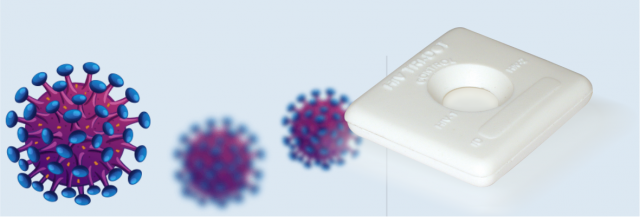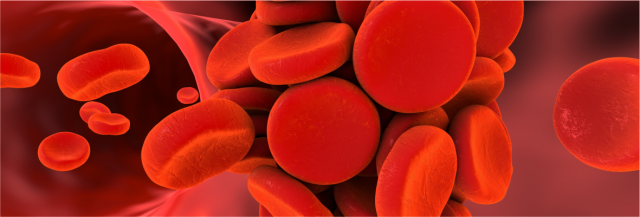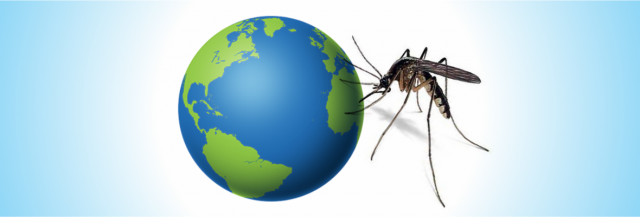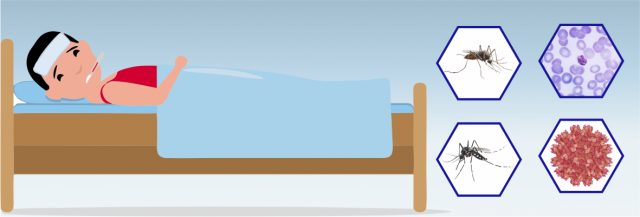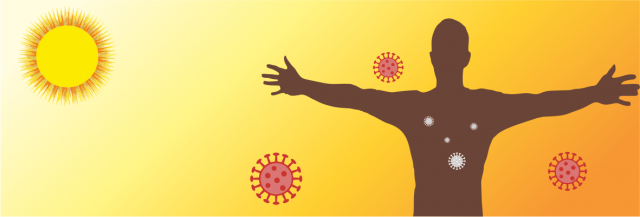5 Points to Consider When Buying an ELISA Reader & Washer
The ELISA Reader or Microplate Reader is a microprocessor-controlled, general purpose photometer system designed to read and calculate the result of assays, which are read in a microtiter plate. The ELISA Washer or Microplate washer is designed to wash the microwells as a part of the ELISA testing process. The performance of the ELISA test kits and reliability in their test results depend heavily on a good quality ELISA Reader and washer being used for performing the ELISA tests.


